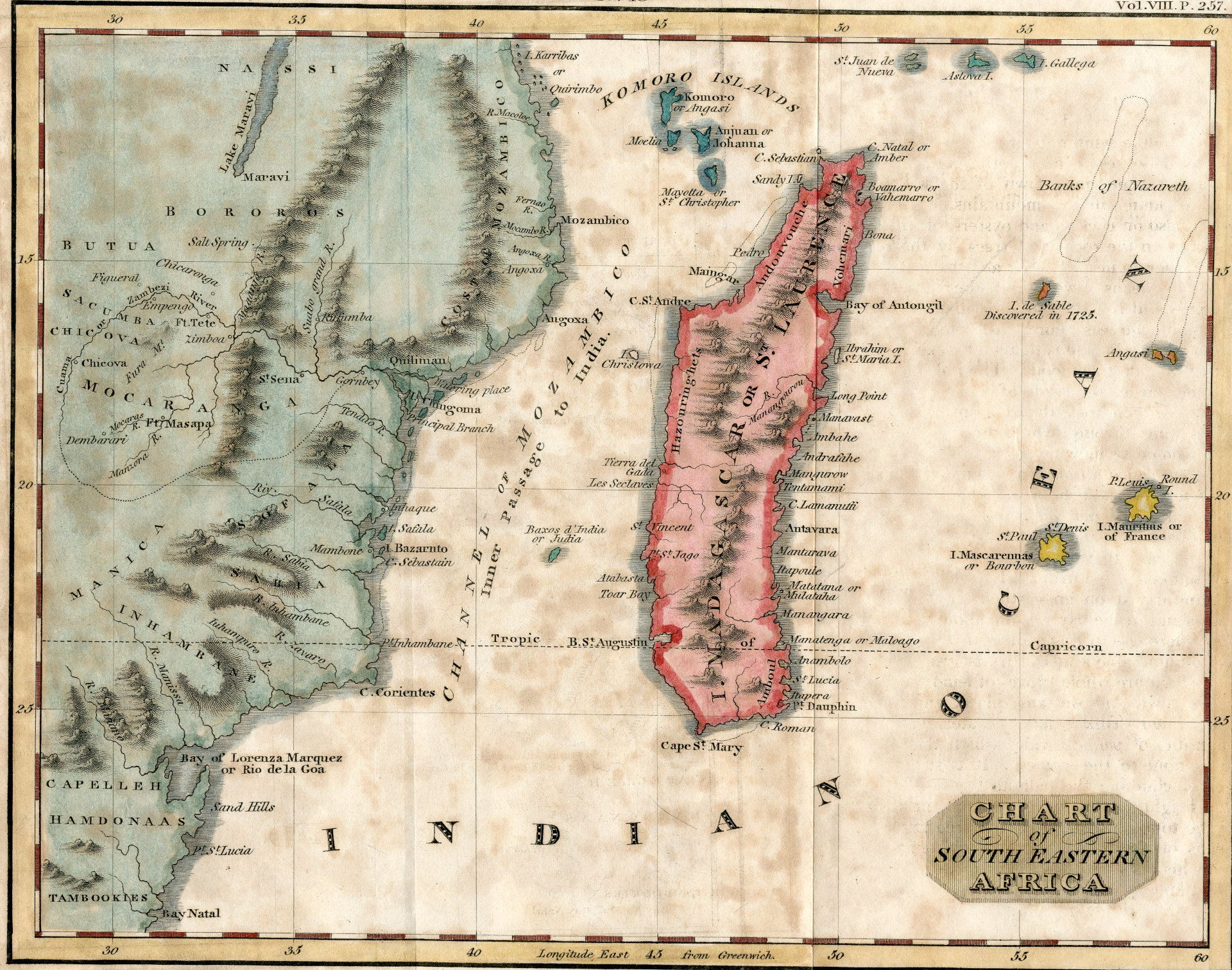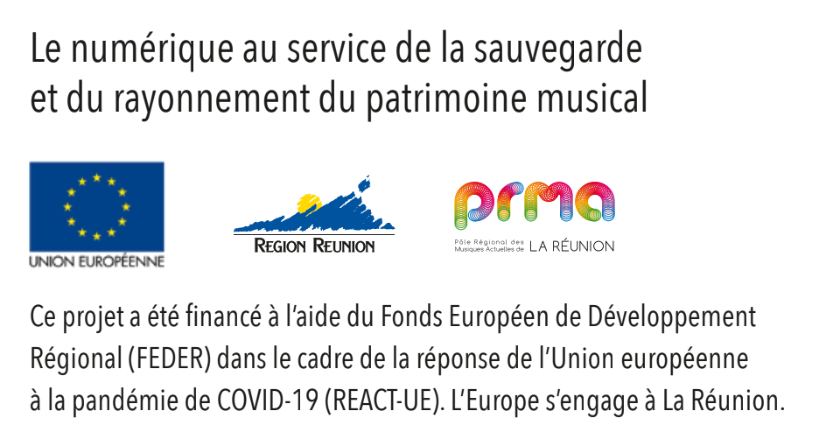Music of Mayotte
Repertoires inventory
publié par
Cécile Bruckert
04 octobre 2023
The island of Mayotte, France’s 101st département, is part of the volcanic Comoros archipelago located in the Mozambique Channel, halfway between Madagascar and the African coast. The archipelago – sometimes referred to as "the Islands of the Moon" – comprises four islands, from east to west: Mayotte (Maore), Anjouan (Ndzuwani), Moheli (Mwali), and Grande Comore (Ngazidja) that together form a crescent moon shape. The name "Comoros" derives from the Arabic word for "moon". Mayotte has a land area of 375 km2 and is surrounded by numerous islets. It is also known as the “island of death”, possibly due to its coral reef – Mayotte has one of the largest closed lagoons in the world – causing so many shipwrecks.

Short history of Mayotte’s settlement
According to the January 2022 census, Mayotte officially has about 300,000 inhabitants, most of whom live on Grande-Terre (363 km2) and Petite-Terre (12 km2). Traces of occupation on the island pre-date the 8th century, and show signs of an ethnically diverse population due to the busy maritime routes passing through the Mozambique Channel and Indian Ocean. Archaeological research has revealed the presence of a population with Asian, Arab, and Bantu origins. Excavations show that Islam was already practised during this period, however the religion only really became established much later, in the 18th century.
Musical culture
Songs are always accompanied by dances played with different instruments. Life on the island is marked by two main seasons: kashkazi, the rainy season from October to April, which spans the period from planting to harvesting, and kusi, the dry season, a time of village festivities: circumcision, marriage, etc.
Mayotte has 26 musical instruments, divided into the four families: chordophones, idiophones, membranophones and aerophones. Each instrument has a specific purpose according to the type of music. We can categorise the music still active today into three main themes, which stem from traditions inherited through the various musical contributions made by those who settled Mayotte. As this is a loose description, the following are only typical examples. (Note that the French, who arrived in 1841, are not included in these descriptions as they mainly cover ancestral traditions).
I. Secular repertoires
Dangadzo is the term we will use here to refer to secular songs, dances, and games.
Festive music
Typically related to public wedding celebrations, here are some of the most representative dangadzo:
• Shigoma
Dangadzo is mainly performed by men, although women are increasingly present. The shigoma group move in a circular fashion, responding in chorus to the soloist. The instruments used are msindrio, dori, fumba, garando and whistle.
• Mbiwi
An all-female dangadzo performed with instruments of the same name. Today the mbiwi is accompanied by ngoma or an ensemble at public celebrations and other festive events.
• Mshogoro
This is the last part of wedding festivities, a procession that accompanies the groom to the home of his bride. The men at the front of the procession sing and dance the mshogoro, while behind, the women accompany the groom and his witnesses to the rhythm of mbiwi. The women play mbiwi, while the men play msindrio, dori, fumba, garando and the whistle that replaced the ndzumari. The choir responds to the soloist in each group.
Recreational music
Here we find lullabies, mainly sung by women, as well as music that accompanies children’s games and certain rites of passage such as the first menstrual period, or marriage, as well as work songs. Some of these recreational moments were enjoyed in the evening, especially under a moonlit sky, in tobe located in the malavuni countryside during kashkazi season.The ones we mention are becoming increasingly rare.
Adult games and sports
- Murenge
Practised only by men, murenge is a highly codified martial art combining dance, songs, and punches. It acts as a way of maintaining social balance by regulating violence while initiating young men into bravery. The instruments used are the fumba, dori, and the garando which has replaced the tsakareteky.
- Ngoma ya nyombe
Another all-male activity, but one which has almost disappeared, ngoma ya nyombe is a dancing fight between animal and man, with the latter attempting to show his skill in the face of danger – in this case when faced with a zebu. Ngoma ya nyombe takes place in two phases: first, the men sing and dance in front of a tied-up zebu to provoke its aggressiveness. Then the zebu is released, and the men must show their skill in avoiding the charging animal.
Work songs
- Wadaha
Traditionally organised at the end of the rice harvest, a system of mutual aid enables each participating family to process a large quantity of rice in a short time. The rice (mele) is put in the mortar (shino) to remove the husks using three pestles (mutsi). The dance is performed by women, who circle around the mortar.
II Rituals from Sufism
The Muslim religion is about a quest for the divine by detaching oneself from what is worldly. The introduction of Sufi brotherhoods contributed to the spread of Islam in Mayotte. There are three major brotherhoods on the island: shadhulya, who practice daira; khadriya, who practice mulid; and rifayiya, who practice dinahu. The songs of these three rituals are based on the barzandji, a hagiographic text about the life and work of the Prophet Muhammad, as well as on qasida odes. Also in this register are the debaa, sung by women, unlike the daira, mulid or dinahu, only sung by men, and the mawlida shenge that is performed by men and women.
Animist rituals
The animist rituals practised in Mayotte reflect a population who originated from Africa and Madagascar, where people attribute a divine force to their ancestors and nature. Animist rituals of Malagasy origin (trumba), or African origin (patrosi), use a register of songs and rhythms known by the initiated. This is particularly true of patrosi, however other secular songs are also used during these rituals.
III. Modern music of Mayotte
This period, which began in the 1950s, was influenced by a number of regional and worldwide trends, probably due to the development of new means of transport.
Looking at a selection of artists or groups from Mayotte, all of them have integrated rhythms, melodies, lyrics, and/or scenic effects from secular or spiritual traditions.
In this article we will simply mention two great pioneers who modernised Mayotte’s music – without any conscious assertion of identity – namely Langa and Papa Joe (the latter successively formed the groups Globizine, Alpa Jo, Rapace, and Scolopendre de Handrema).
Cécile Bruckert and Siti Yahaya
Traduction réalisée par Catharine Cellier-Smart (Smart Translate).

